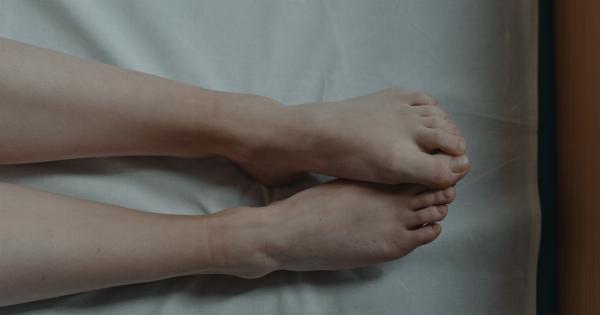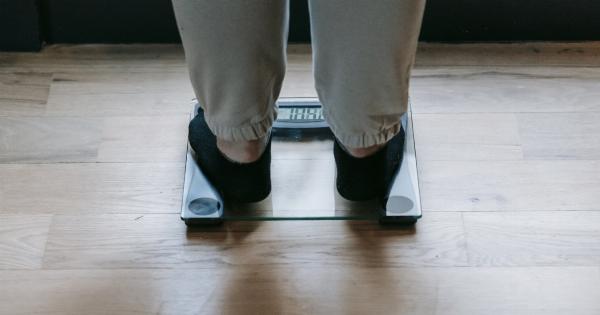Walking is a fundamental skill that most of us take for granted. It’s something we do effortlessly, without even thinking about it. But for individuals with brain conditions, learning to walk again can be a long and arduous journey.
This article explores the challenges faced by these individuals as they strive to regain their mobility and independence.
1. The Impact of Brain Conditions on Walking
Brain conditions such as stroke, traumatic brain injury (TBI), multiple sclerosis (MS), and Parkinson’s disease can greatly affect a person’s ability to walk.
These conditions can disrupt the signals between the brain and the muscles, leading to weakness, loss of coordination, and balance problems.
2. Physical Therapy for Regaining Mobility
Physical therapy plays a crucial role in helping individuals with brain conditions learn to walk again.
A skilled physical therapist can assess the specific challenges faced by each patient and design a personalized treatment plan to address their unique needs. This may include exercises to strengthen the muscles, improve balance, and enhance coordination.
3. Gait Training: Stepping Towards Recovery
Gait training is a key component of rehabilitation for individuals learning to walk again. It involves practicing the movements required for walking, such as weight shifting, stepping, and maintaining balance.
This training can be challenging, but it is essential for retraining the brain and muscles to work together in a coordinated manner.
4. Assistive Devices for Support
Assistive devices can provide crucial support during the process of learning to walk again. Depending on the individual’s needs, these devices may include canes, walkers, orthotics, or even advanced exoskeletons.
These devices help improve stability, reduce the risk of falls, and provide a sense of security as individuals gradually regain their confidence in walking.
5. Psychological Aspects of Walking Rehabilitation
Learning to walk again after a brain condition can take a toll on an individual’s mental well-being. It can be frustrating and challenging, with progress often feeling slow and discouraging.
A multidisciplinary approach that includes psychological support is essential to address the emotional aspects of rehabilitation and help individuals cope with the psychological impact of their condition.
6. Maintaining Motivation and Determination
Walking rehabilitation requires a great deal of motivation and determination from both the individual and their support network.
It is important to set realistic goals, celebrate small victories, and stay focused on the long-term benefits of regained mobility. It can be a challenging journey, but with perseverance, individuals can overcome the obstacles and regain their ability to walk.
7. Rehabilitation Challenges during COVID-19
The COVID-19 pandemic has presented additional challenges for individuals learning to walk again. Lockdowns and restrictions on in-person therapy sessions have disrupted regular rehabilitation routines.
Tele-rehabilitation and virtual therapy sessions have emerged as alternatives to ensure continuity of care, but they may not provide the same level of hands-on support and supervision.
8. Success Stories: Overcoming the Odds
While the challenges of learning to walk again after a brain condition are significant, countless individuals have defied the odds and achieved remarkable recoveries.
Sharing success stories can provide inspiration and hope for those who are currently on their own rehabilitation journeys. These stories also shed light on the importance of early intervention, dedicated therapy, and ongoing support.
9. Support Systems for Walking Rehabilitation
Rehabilitation is not a solitary pursuit. Having strong support systems in place is crucial for individuals learning to walk again.
This support can come from friends, family, caregivers, and healthcare professionals who provide encouragement, assistance, and guidance throughout the rehabilitation process.
10. Embracing Adaptation and Assistive Technologies
For some individuals with severe or long-term mobility challenges, walking may never fully return to its pre-condition state. However, embracing adaptation and assistive technologies can empower individuals to lead fulfilling lives.
Wheelchairs, mobility scooters, and other assistive devices can help individuals maintain their independence and participate actively in society.






























